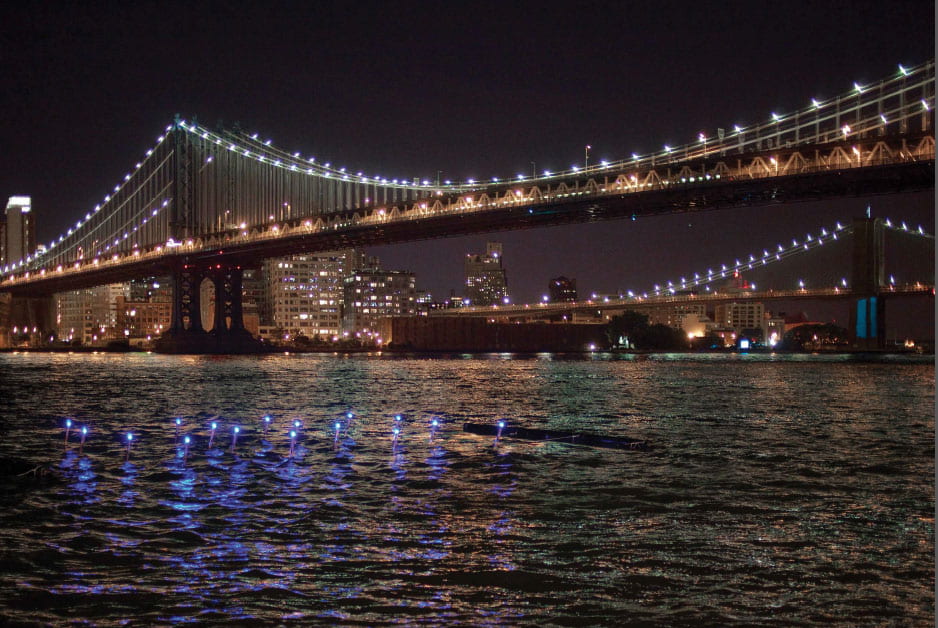City As Site

City as Site: Research and Prototype
Part 1 – observe
Identify an area or aspect of infrastructure or public space in the city to research. Develop and implement a unique research strategy to gain information about your site.
OR
Research a problem proposed by a local community partner. Identify a facet of the problem to investigate more deeply. Develop ideas that they can share with the community to gain a more complex understanding of possible solutions. Present your research to the class, including initial ideas for prototypes.
Develop and implement a unique research strategy to gain information about your site. Document this process, and present your research to the class, including initial ideas for prototypes. Begin by observing the environment and taking notes.
Basically immerse yourself in the space you want to learn more about and investigate.
Part 2 – research
Start organizing your research protocol, begin your interviews, mapping activities, hands-on research. Talk to people. Record your encounters and interactions, take plenty of notes, take pictures, videos or any other material that might come handy.
Examples of research strategies may include:
- Observation
- Life drawing
- Photo/video documentation
- On-site interviews
- Setting up a physical device or polling machine for gaining input
- Setting up a website for gaining input
- Creating/distributing fliers, graphic materials, stencils
For more research strategy ideas, refer to Ideo’s Human-centered design guide. You may also reference artistic research projects such as Miranda July’s Learning to Love You More
Based on all your observations and research start designing your intervention and get feedback on it as soon as you can.
Part 3 – PROTOTYPE
Produce a design for the site which builds on an existing landmark or infrastructure, modifying it, or allowing it to have a double function. (For example: stoplights, fire hydrants, statues, parking garages). AND/OR Imagine how the site you have chosen may be different in the future. First establish the conditions of the future (utopia/dystopia) in which the site will exist, You will be working within the limitations you have set. Projects can be political, interventionist, problem-solving, or playful. Prototypes may take the form of a rendering, model, object, photo or video, (documentation or speculative). Document your process well, and be prepared to present it, along with your finished work, in class.
OR
Build and test models of solutions of the problems explored with your local community partner. Prototypes may take the form of a rendering, model, object, photo or video, (documentation or speculative). Document your process well, and be prepared to present it, along with your finished work, in class.
Basically make something/do something, experiment in a hands-on kind of way and interact and test your rough design for feedback and to learn more about your space.
Part 4 – Synthesize & reflect
Based on feedback and all the research you have done, refine your prototype to produce a more final prototype. Prototype should show significant growth from the early phase. Your project’s final form can include renderings, models, photos, videos, a website etc., but it must include a [physical] mock-up of some kind. Document your process well, and be prepared to present it, along with your finished work, in class.
It’s super important to take time after conducting some research to synthesize and analyze what has come out of your process. Did you get any interesting insights? Anything you learnt that you want to hold onto? Any surprising findings? Please summarize your research discoveries and document all in your Process Website.
Part 5 – present
Prepare to showcase your project so far: your process, your research and your prototype.
Write a short synthesis of the things you tried in this project, the research you did, the methods you used, what you learnt, what was hard, what didn’t work, what you made, what you tried. Should be between 500 and 1000 words.
Also turn in exhibition-ready documentation; Video, photo, or other format that feels appropriate.
Examples/Inspiration:
- Michael Rakowitz paraSITE
- Krzysztof Wodiczko Tijuana Projection and other site-specific work
- Joshua Allen Harris inflatable bag monsters
- Natalie Jeremijenko amphibious architecture
- Kate Orf Oyster-tecture
- Michelle Teran Life: A User’s Manual
You must be logged in to post a comment.